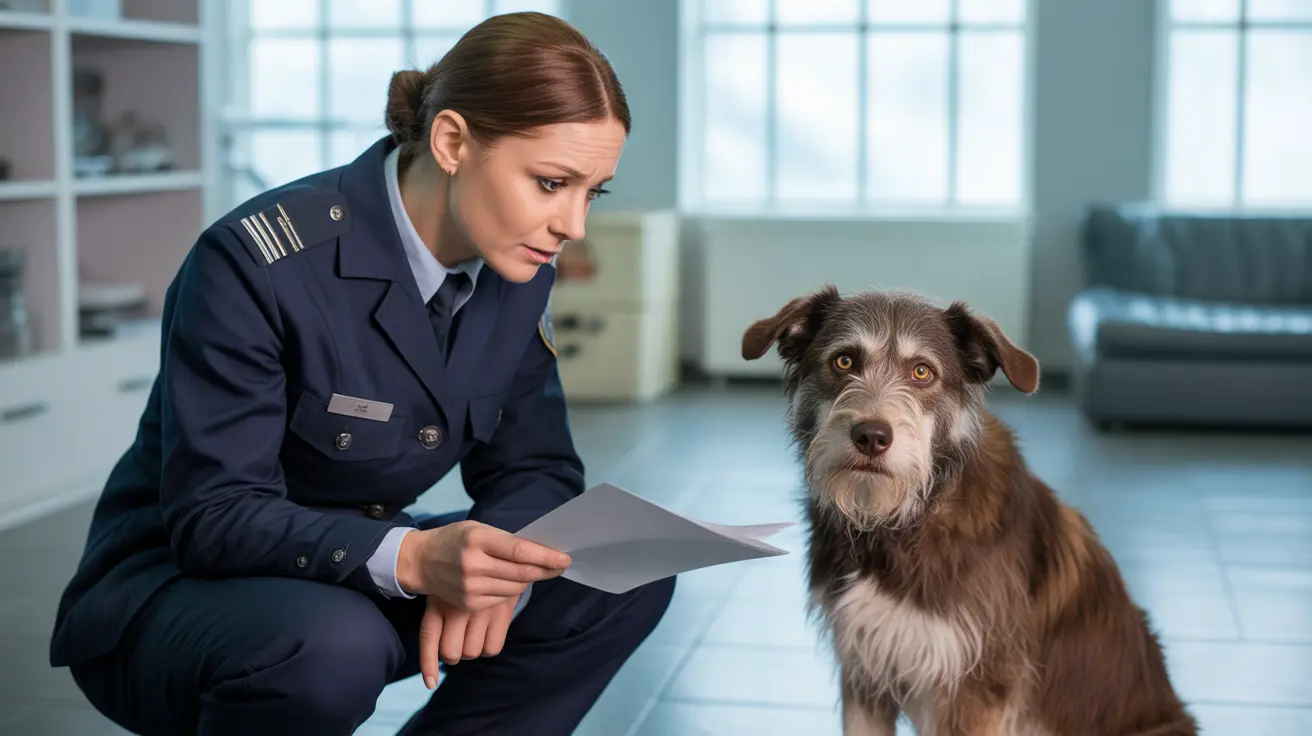Should You Cover Your Dog's Crate at Night?
Crate training is a widely embraced method by dog owners to ensure their pets' safety and comfort at home. One commonly debated question is whether it is beneficial to cover a dog's crate at night. Based on dogs' instinctual behavior and preferences, the answer leans towards a cautious yes—when done correctly.
Why Dogs Like Covered Crates
Dogs are naturally den animals. In the wild, they often seek out small, enclosed spaces when they're feeling ill, fearful, or simply want to rest. A covered crate mimics this comforting den-like environment, providing a sense of safety and security. Particularly at night, when it's dark and quiet, the reduced stimuli from a cover can help anxious or restless dogs sleep better.
Benefits of Covering a Crate
- Reduces anxiety: A covered crate limits visual stimuli, which can be very helpful for high-energy or nervous dogs.
- Improves sleep: The darker, enclosed space can encourage more restful sleep with fewer interruptions from environmental light or movement.
- Enhances house training: For puppies in the potty-training stage, the comfort of a den-like crate reduces the chance of accidents and promotes good habits.
- Creates a refuge: Especially useful in households with children or multiple animals, a covered crate can serve as a personal sanctuary for the dog.
Important Considerations
Despite the potential benefits, proper technique and precautions are crucial to ensure your dog’s comfort and safety.
- Ventilation: Always leave at least one or two sides of the crate uncovered to ensure adequate airflow, especially in warmer climates or for long-haired breeds.
- Material choice: Use breathable fabrics such as lightweight sheets or specially designed crate covers. Avoid thick blankets that could overheat the dog or restrict air.
- Dog behavior: Observe your dog's reactions. If the dog whines, barks, seems claustrophobic, or panics, it may be better to leave the crate uncovered or partially covered.
- Climate: Consider the room's temperature. Covered crates retain heat, so in hot environments, full covers may not be suitable.
Crates and Crate Types
Not all crates are the same, and some are more suitable for covering than others.
- Wire crates: These are the most adaptable to being covered. Their open frame ensures ongoing ventilation, even when most sides are draped.
- Plastic crates: These already have solid walls and are more enclosed. Covering them may over-restrict airflow, so it's often unnecessary.
- Soft fabric crates: These typically don't require covering, as their structure already reduces visibility and sound. Additionally, adding a cover may interfere with their airflow or portability.
Puppies vs. Adult Dogs
Puppies in training may benefit from a covered crate that restricts distractions and helps regulate their sleep-wake cycle. For adult, house-trained dogs, covering isn't always necessary but can enhance nighttime comfort. When using a larger crate or one with a divider panel for a growing pup, make sure the cover fits the smaller section occupied by the dog.
How to Introduce a Cover
- Start with short periods during the day for observation.
- Use a light sheet and cover just one side at first.
- Gradually cover more sides only if your dog reacts positively.
- Monitor for signs of stress such as panting, pacing, or whining.
- Revert to a partially or fully uncovered crate if discomfort is noted.
Common Mistakes to Avoid
- Using heavy covers: Can restrict airflow and trap heat.
- Ignoring your dog's signals: Not all dogs like being enclosed—some may prefer an open view of their environment.
- Leaving the dog unattended without testing: Always ensure that your dog is relaxed and secure in a covered crate before leaving them overnight.
Other Tips for a Comfortable Crate
- Use soft bedding appropriate for your dog’s size and chewing behavior.
- Keep the crate clean; removable, washable mats are ideal.
- Place the crate in a quiet, low-traffic area to minimize disturbance.
- Balance crate time with plenty of exercise and social interaction during the day.
Final Thoughts
Covering your dog's crate at night can be a simple, effective way to improve their comfort, promote restful sleep, and strengthen their positive association with the crate. However, it's not a one-size-fits-all strategy. Always consider your dog's breed, age, temperament, and specific needs. Introduce the concept gradually, monitor their response, and make adjustments as necessary to ensure the crate remains a cozy sanctuary—not a source of stress.





